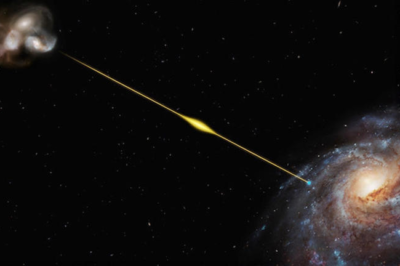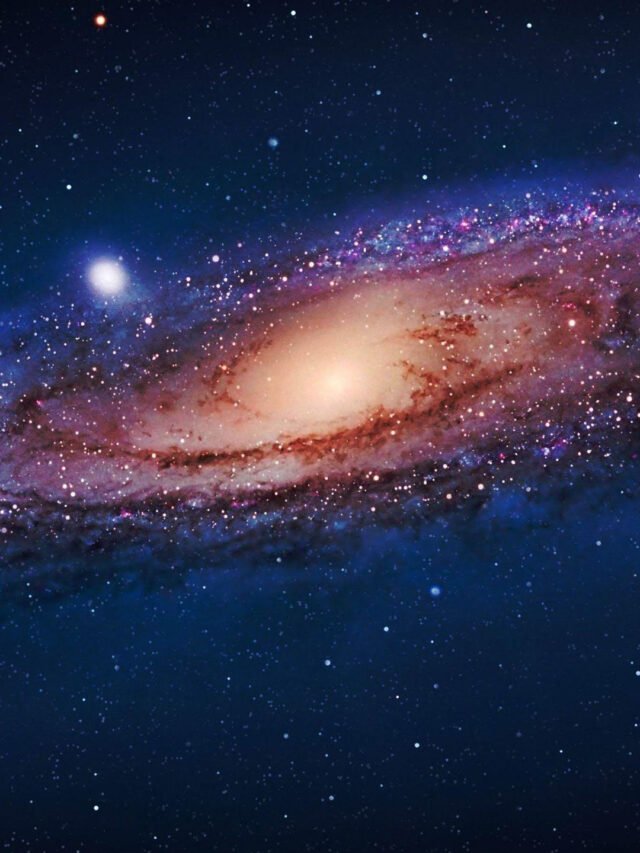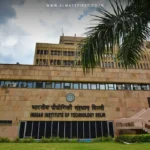
Key Highlights:
- First-of-Its-Kind Discovery: FRB 20240209A is the first Fast Radio Burst (FRB) traced to a region outside a dead galaxy, raising new questions about its origins.
- Insight into the Universe: FRBs provide a unique method to study cosmic matter, intergalactic magnetic fields, and the universe’s evolution.
- Surprising Environment: The signal might originate from a globular cluster—a dense area of ancient stars—challenging current FRB formation theories.
What Are Fast Radio Bursts (FRBs)?
FRBs are immensely powerful yet fleeting bursts of radio waves that last only milliseconds. Their intensity rivals the Sun’s annual energy output, despite their ephemeral nature. Studying FRBs is a major challenge due to their speed and the intergalactic distances they cross to reach Earth.
Unraveling the Mystery of FRB 20240209A
Astronomers confirmed the origin of FRB 20240209A outside a dead galaxy.
- Unprecedented Location: This is the first FRB detected outside a galaxy with no star formation. It is also farther from its host galaxy than any previously known FRB.
- Scientific Implications:
- Challenges Existing Theories: FRBs were previously linked to phenomena in star-forming galaxies.
- Possibility of Origin in a Globular Cluster: If the signal indeed originates from this dense collection of old stars, it adds to our understanding of cosmic environments that host FRBs.
Cosmic Insights from FRBs
FRBs offer a unique lens into the universe’s makeup and history:
- Intergalactic Matter: The travel path of radio waves through space helps determine the density and composition of cosmic matter.
- Magnetic Fields: FRBs reveal details about intergalactic magnetic fields, which play a crucial role in cosmic evolution.
- Early Universe Clues: As signals from deep space, FRBs provide a snapshot of the universe’s distant past.
Study Details and Impact
Lead researcher Vishwangi Shah emphasized the significance of FRB 20240209A’s environment:
- Published Research: The findings are detailed in Astrophysical Journal Letters.
- Rewriting Theories: The discovery underscores the need to reconsider FRB origins, especially in dead galaxies and globular clusters.
- Comparative Analysis: The only other known FRB originating in a globular cluster was linked to an active galaxy, making this case distinct and groundbreaking.
Conclusion
The discovery of FRB 20240209A originating from outside a dead galaxy challenges established theories and opens doors to new realms of astrophysical exploration. By studying these enigmatic signals, astronomers can unlock deeper secrets of the universe, reshaping our understanding of cosmic environments and phenomena.








































Leave a Reply